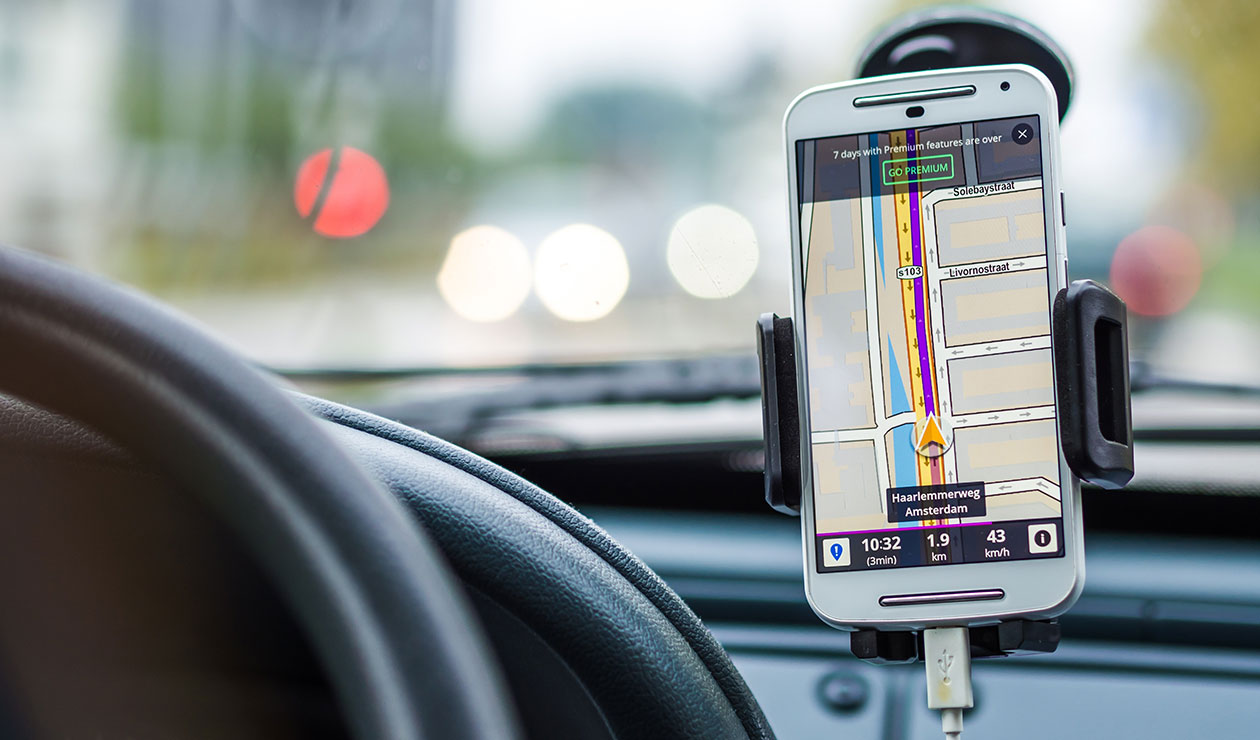The bottom line: Yes. When driving to an unfamiliar destination, even in your own town, using a GPS to find the address will improve your safety. In a study funded by the federal government, I drove with 80 older adults to unfamiliar destinations in Greenville, NC. Half of the group had used GPS before, and half had not. Each participant drove two unfamiliar routes – one with paper directions and one with pre-programmed GPS directions. Using a score sheet for driving performance, I rated every driver on each route. Results showed that driving performance was significantly better when using the GPS. The route and the familiarity of using the GPS didn’t matter – it was still a safer option.
If only I had a GPS to sell for every driver I took out during that study… Well, hindsight is 20/20. Seriously, the hard part of using the GPS is learning how to program it. In the second phase of the study, we discovered that the best way to learn how to program the GPS – or your smart phone’s navigational app – is to have someone who is familiar with it spend 30-60 minutes with you, teaching you to use it and watching while you try it out. Ask your adult children, grandchildren or a good friend. You don’t have to learn all the potential things the GPS can do – just enough to get to that new place you want to go.
Personally, the best part of the study was spending 90 minutes with new and interesting older adults driving around our fair town. We had a delightful time chatting and getting to know each other. There are so many fascinating people in our communities. Let’s do what we can to keep them active participants! Be sure to make your transportation plan so you don’t miss out on your own community as you retire from your work and retire from driving.
Dr. Anne Dickerson, occupational therapy researcher
Study reference: Thomas, F.D., Dickerson, A.E., Graham, L.A., Coleman, M.C., Finstad, K.A., Blomberg, R.D., Wright, T.J. (2020). Teaching older drivers to navigate GPS technology. Journal of Safety Research, 72 (2), 165-171. Doi.org/10.1016/j.jsr.2019.12.001.


